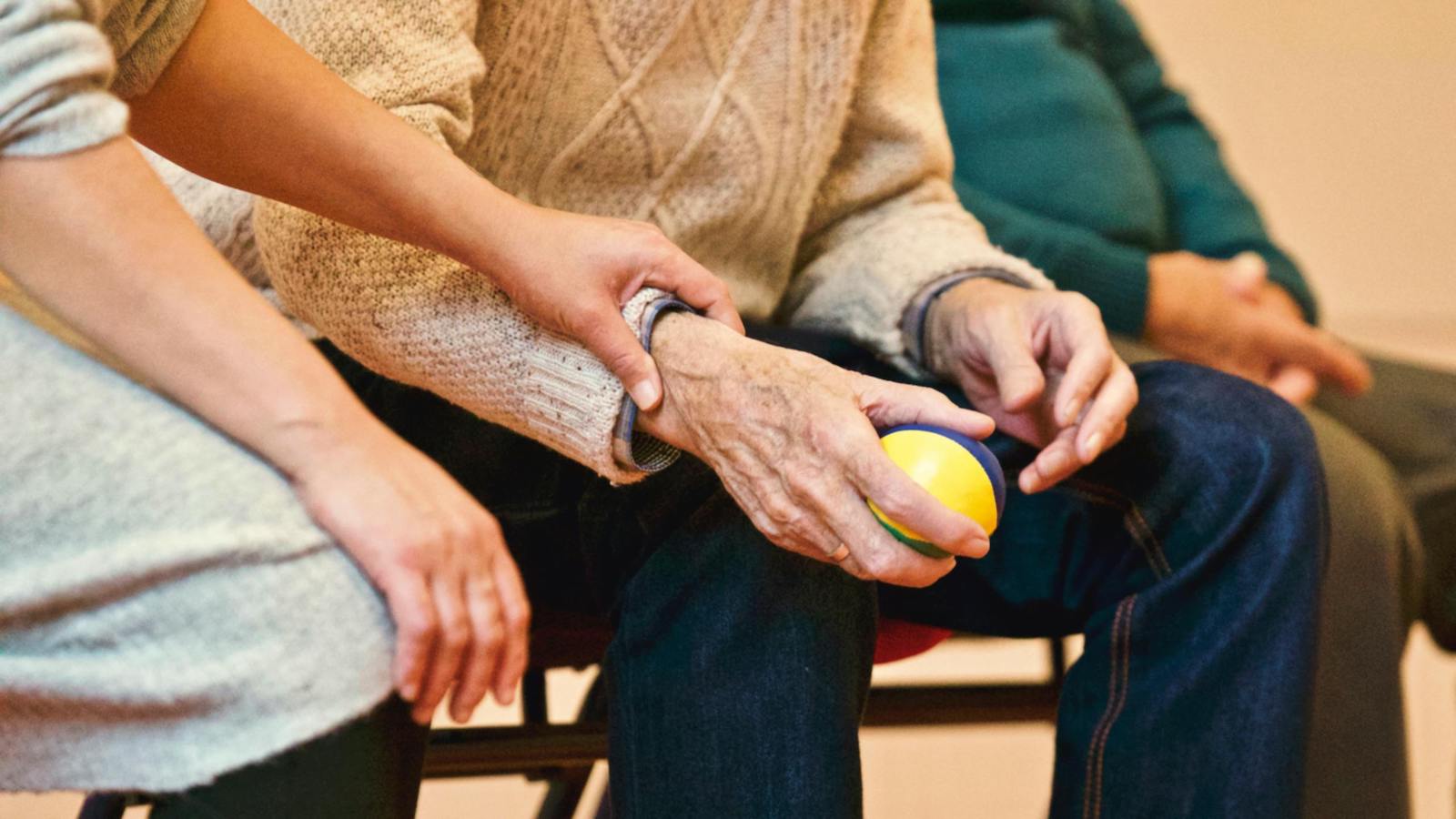Does wellness save money?
I say no.
The wellness industry — specifically its trade association, the Health Industry Research Organization (HERO) — says yes.
We both can’t be right. The difference is that I am backing up my conclusion with a $2 million reward, up from last year’s paltry $1 million offer, for showing that wellness works.
See also: What Trump Means for Workplace Wellness
Beyond that $2 million, I would also send a $1 million donation to the Boise School District to atone for the highly unfavorable coverage it has received about its program, coverage apparently so biased that the CEO of Boise’s vendor, Steve Aldana, called the award-winning STATNews journalist who wrote it a “lier.”
 To win the $2 million reward for yourself and the $1 million for the school district, you just need to prove (using the more-likely-than-not civil standard of proof), the following (to bend over backward to be fair, I will start out by offering to use only materials prepared by your side):
To win the $2 million reward for yourself and the $1 million for the school district, you just need to prove (using the more-likely-than-not civil standard of proof), the following (to bend over backward to be fair, I will start out by offering to use only materials prepared by your side):
 To win the $2 million reward for yourself and the $1 million for the school district, you just need to prove (using the more-likely-than-not civil standard of proof), the following (to bend over backward to be fair, I will start out by offering to use only materials prepared by your side):
To win the $2 million reward for yourself and the $1 million for the school district, you just need to prove (using the more-likely-than-not civil standard of proof), the following (to bend over backward to be fair, I will start out by offering to use only materials prepared by your side):
- During this millennium, the wellness industry has reduced hospitalizations by enough to break even, using the government’s Healthcare Cost and Utilization Project database. For this one, I will concede in advance that the wellness-sensitive medical event methodology (“potentially preventable hospitalizations”) as described on pages 22-23 of the HERO Outcomes Guidebook is the one to use. (HERO and I agree that non-hospitalization expenses increase.)
- The vendor anointed in 2016 as the “best” vendor, Wellsteps, indeed did reduce the costs of the Boise School District by about a third (as the company claimed), specifically by making the employees sufficiently healthier to support that savings (as the company claimed). For this one, I will concede in advance that the raw data collected by Wellsteps is accurate. In other words, we are both working off Wellsteps’ own published reports.
- 10-minute opening statements, in which as many as 15 slides are allowed;
- 30-minute cross-examinations with follow-up questions and no limitations on subject matter;
- 60 minutes in which panelists control the agenda and may ask questions of either party based on either the oral or the written submissions;
- Five-minute closing statements.





